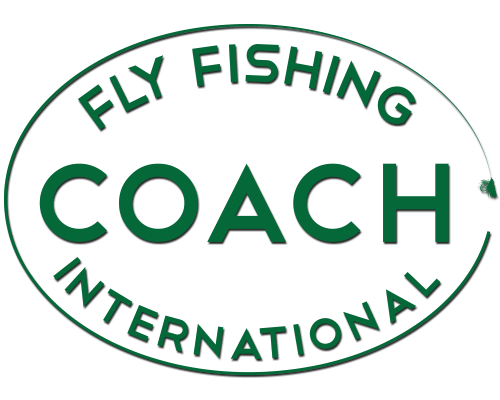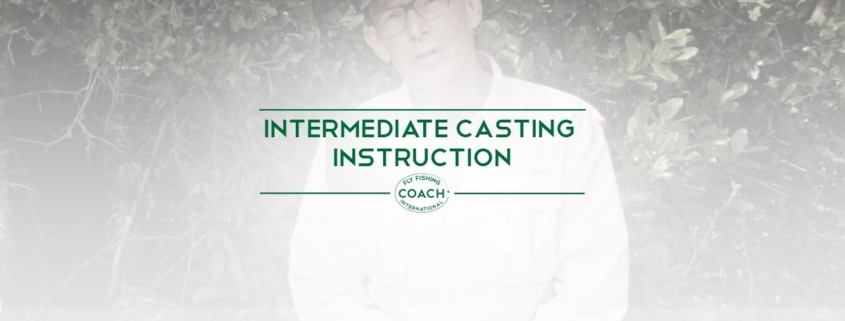Chapter 2 details casts that will allow a fly angler to catch fish in virtually any situation anywhere in world. These casts require a good basic understanding of casting mechanics and a good basic false cast. It is highly recommended that if a person is having trouble mastering these casts they go back to chapter 1 and work on the necessary fundamentals.
All of these casts are built on the foundation of appropriate loops, acceleration, and understanding of how the rod tip path determines what happens to the fly line.
I guide 250 people per year and only a small handful are able to perform many of these casts. While most situations do not call for much sophistication in terms of casting ability there are lots of times when being able to cast more efficiently results in considerably more fish.
For instance, if a person travels to the Bahamas to fish for bonefish and cannot double haul or cast effectively and with a strong wind they will simply catch considerably fewer fish then a person who has mastered those skills. The same can be said of almost all fishing situations.
It is only partly true that a person does not need to cast very well to catch fish. I would agree that a person does not need to cast very well to catch some fish, but to catch most fish in most environments a person should understand and be able to perform these casts.
These skills have been broken down into small digestible pieces. By learning one step at a time, and having a good grasp of the basics, all of these casts can mastered in a relatively short period of time.
One suggestion is that to learn new casts it is probably best to practice when not fishing. I seldom try to learn a new cast while fishing. Practicing on the grass at a park for maybe an hour once or twice a week and working on one cast at a time is very efficient.
My suggestion is to pick the casts that most match your fishing requirements. If you are mostly fishing salt water where making long casts are common then learning to double haul, cast long distance, or make quick casts and change of direction casts should be an emphasis.
If you are are fishing mostly on trout streams learning to roll cast, slack line casts, curve casts and casting in the wind, as well as casting with accuracy should be your priority.
In any case whatever you decide is best for you these videos will help you master the skills required to catch more fish!
During the summer of 2018 we will be producing a series of videos detailing exactly how these casts can be used when fishing. These will be contained in as yet incomplete chapter 6. We will also be producing a series of videos that will include more sophisticated casts like the spey cast series and other advanced casts.




Leave a Reply
Want to join the discussion?Feel free to contribute!